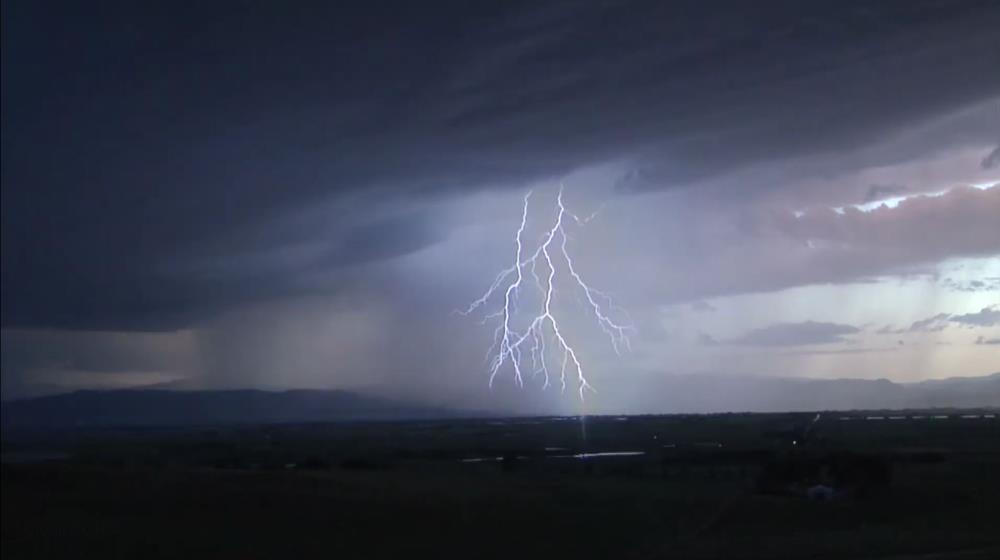
Related items loading ...
Section 1: Publication
Publication Type
Journal Article
Authorship
Vionnet, V., Verville, M., Fortin, V., Brugman, M., Abrahamowicz, M., Lemay, F., Thériault, J. M., Lafaysse, M. and Milbrandt, J. M.
Title
Snow Level From Post-Processing of Atmospheric Model Improves Snowfall Estimate and Snowpack Prediction in Mountains
Year
2022
Publication Outlet
Water Resources Research
DOI
ISBN
ISSN
Citation
Vionnet, V., Verville, M., Fortin, V., Brugman, M., Abrahamowicz, M., Lemay, F., Thériault, J. M., Lafaysse, M. and Milbrandt, J. M.: Snow level from atmospheric model improves snowfall estimate and snowpack prediction in mountains. Water Resources Research, 2022
Abstract
In mountains, the precipitation phase greatly varies in space and time and affects the evolution of the snow cover. Snowpack models usually rely on precipitation-phase partitioning methods (PPMs) that use near-surface variables. These PPMs ignore conditions above the surface thus limiting their ability to predict the precipitation phase at the surface. In this study, the impact on snowpack simulations of atmospheric-based PPMs, incorporating upper atmospheric information, is tested using the snowpack scheme Crocus. Crocus is run at 2.5-km grid spacing over the mountains of southwestern Canada and northwestern United States and is driven by meteorological fields from an atmospheric model at the same resolution. Two atmospheric-based PPMs were considered from the atmospheric model: the output from a detailed microphysics scheme and a post-processing algorithm determining the snow level and the associated precipitation phase. Two ground-based PPMs were also included as lower and upper benchmarks: a single air temperature threshold at 0°C and a PPM using wet-bulb temperature. Compared to the upper benchmark, the snow-level based PPM improved the estimation of snowfall occurrence by 5% and the simulation of snow water equivalent (SWE) by 9% during the snow melting season. In contrast, due to missing processes, the microphysics scheme decreased performances in phase estimate and SWE simulations compared to the upper benchmark. These results highlight the need for detailed evaluation of the precipitation phase from atmospheric models and the benefit for mountain snow hydrology of the post-processed snow level. The limitations to drive snowpack models at slope scale are also discussed.
Plain Language Summary
The partitioning of precipitation between rainfall and snowfall is a crucial component of the evolution of the snowpack in mountains. Most snowpack models use the air temperature and humidity near the surface to derive the precipitation phase. However, the phase at the surface is strongly influenced by processes such as melting and refreezing of falling hydrometeors that occur above the surface. Atmospheric models simulate these processes and the corresponding phase at the surface. However, snowpack models rarely use this information. In this study, we considered two estimates of precipitation phase from an atmospheric model and tested them with a physically-based snow model over the mountains of southwestern Canada and northwestern United States. The results were compared with traditional approaches using the air temperature and humidity near the surface to derive the precipitation phase. Our results showed that the precipitation phase associated with the snow level obtained from the atmospheric model improved snowfall estimate and snowpack prediction compared to the traditional approaches. In contrast, the cloud/precipitation scheme of the atmospheric model decreased performance in phase estimate and snow simulations due to missing physical processes. Our study highlights that snowpack predictions in the mountains can be improved if valuable information is obtained from atmospheric models.
Section 2: Additional Information
Program Affiliations
Project Affiliations
Submitters
Publication Stage
Published
Theme
Presentation Format
Additional Information
SAJESS, Refereed Publications


 GWFNet
GWFNet Master
Master Data
Data Research
Research Map
Map
 Advanced
Advanced Tools
Tools
 . . .
. . .
 Metadata Editor
Metadata Editor
 Record List
Record List
 Alias List Editor
Alias List Editor
 Legacy sites
Legacy sites